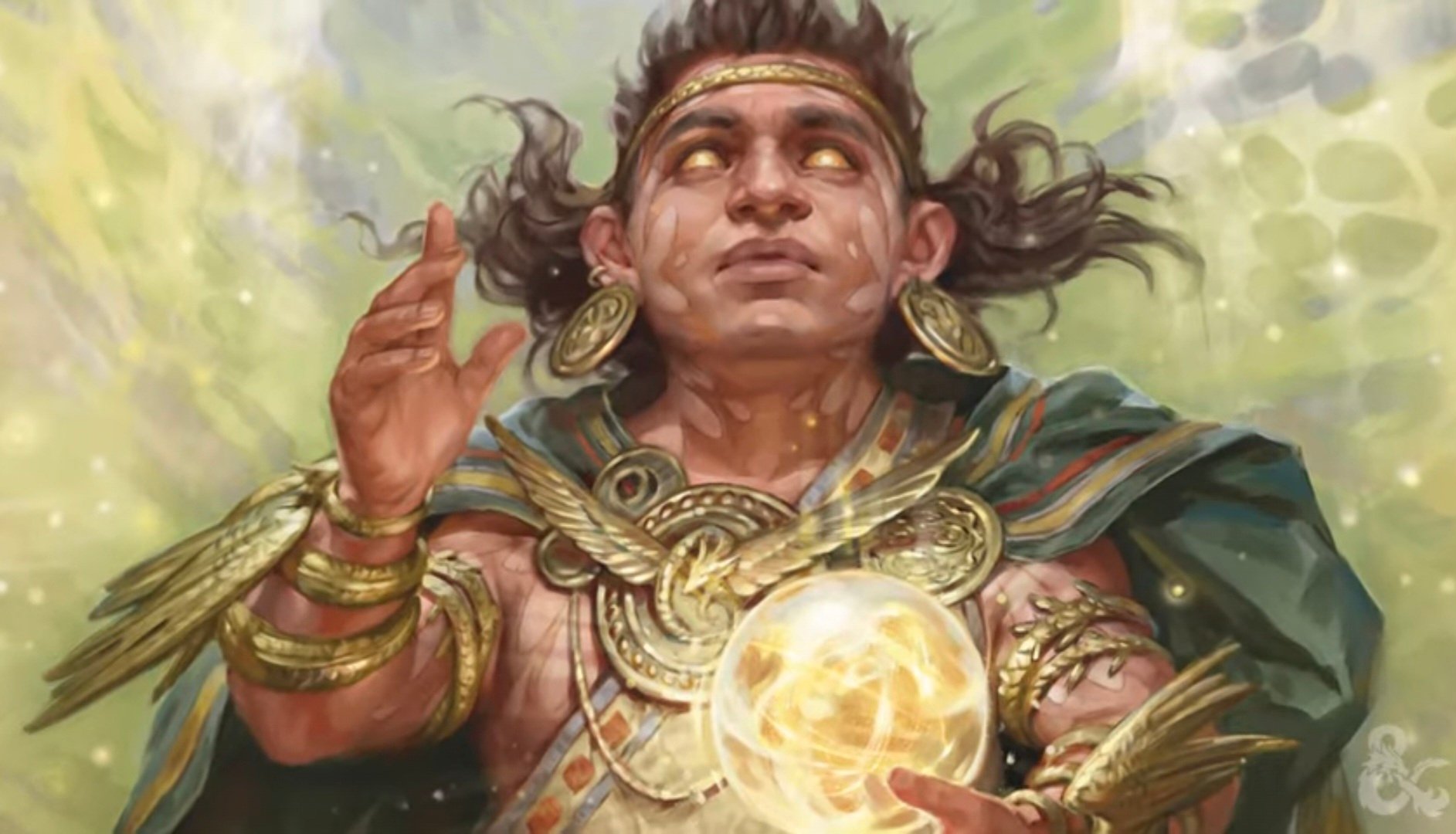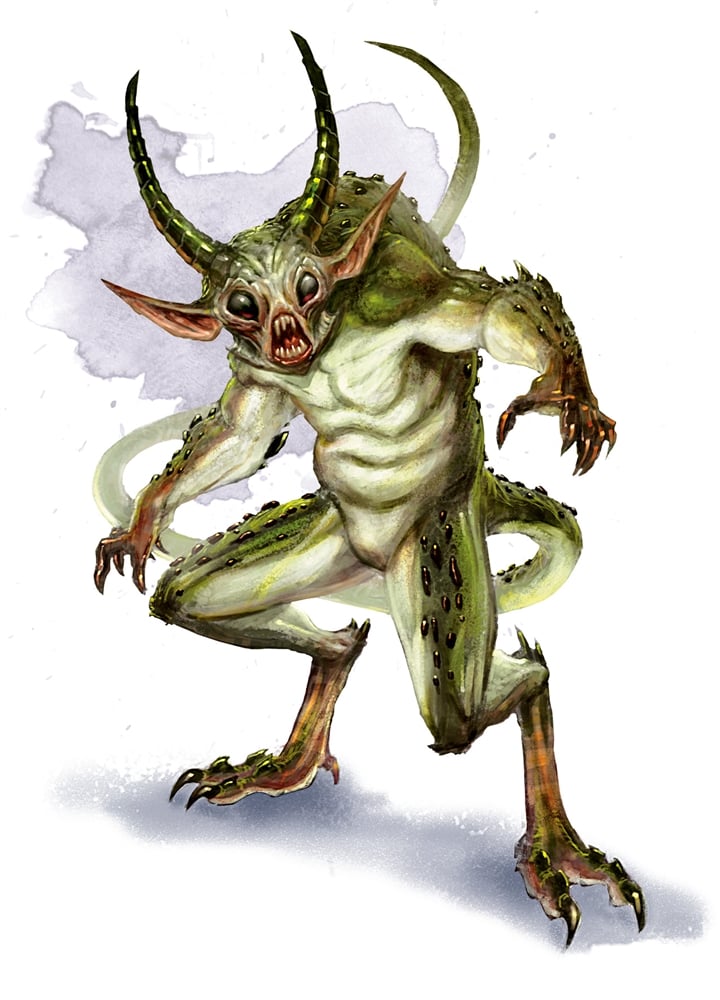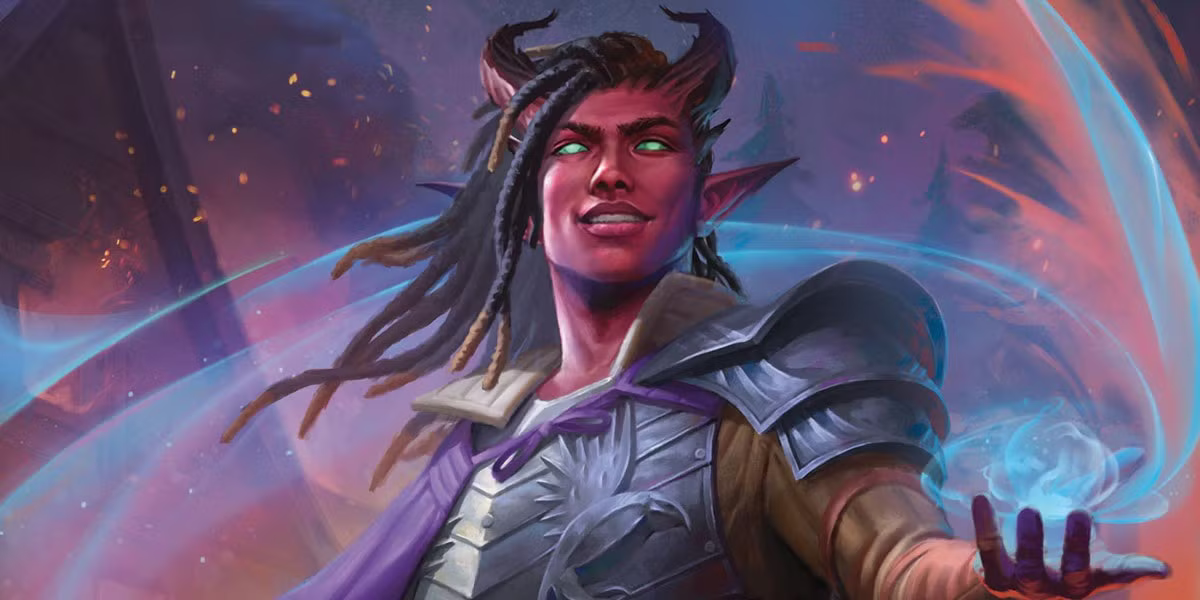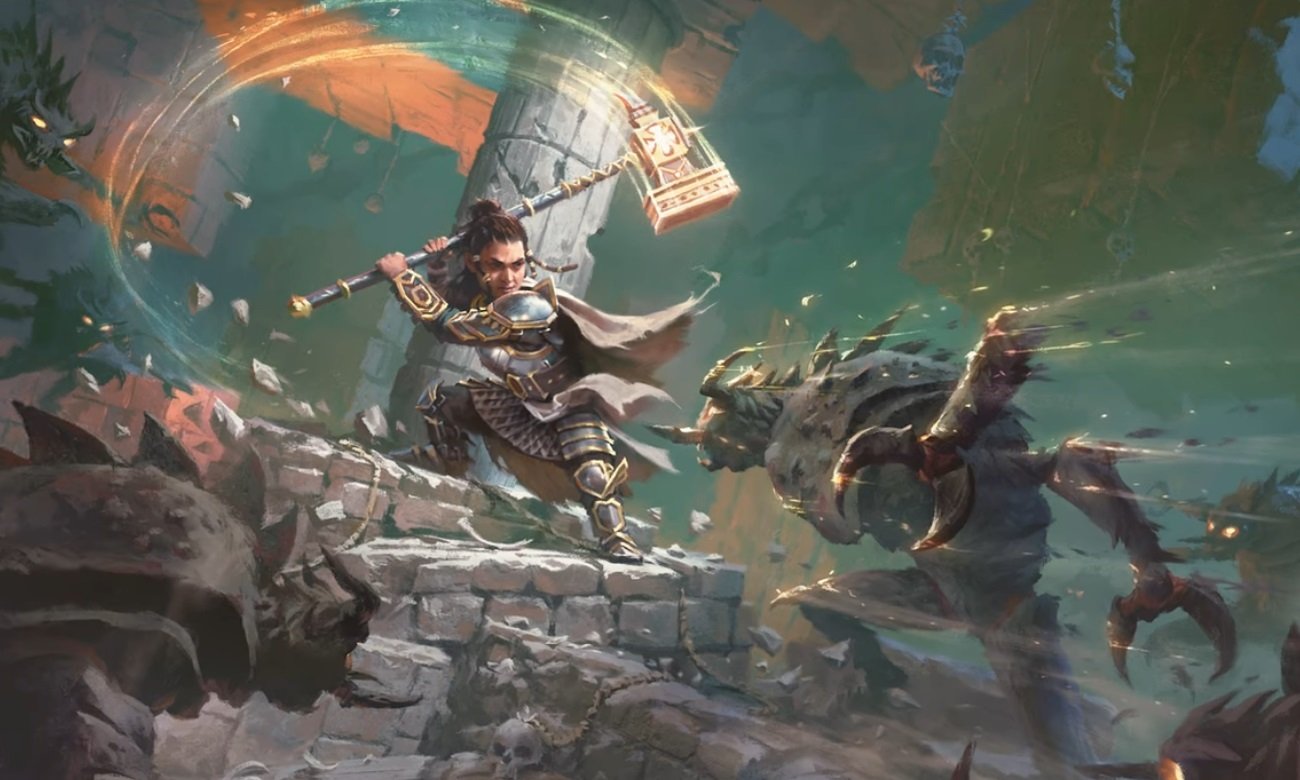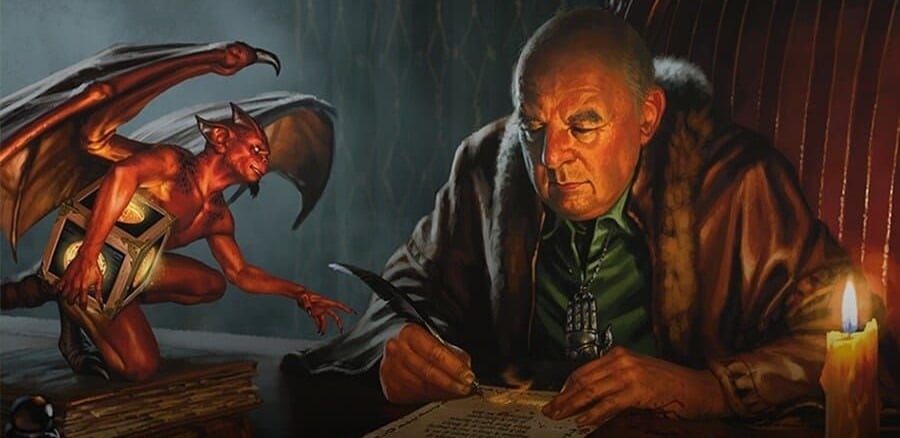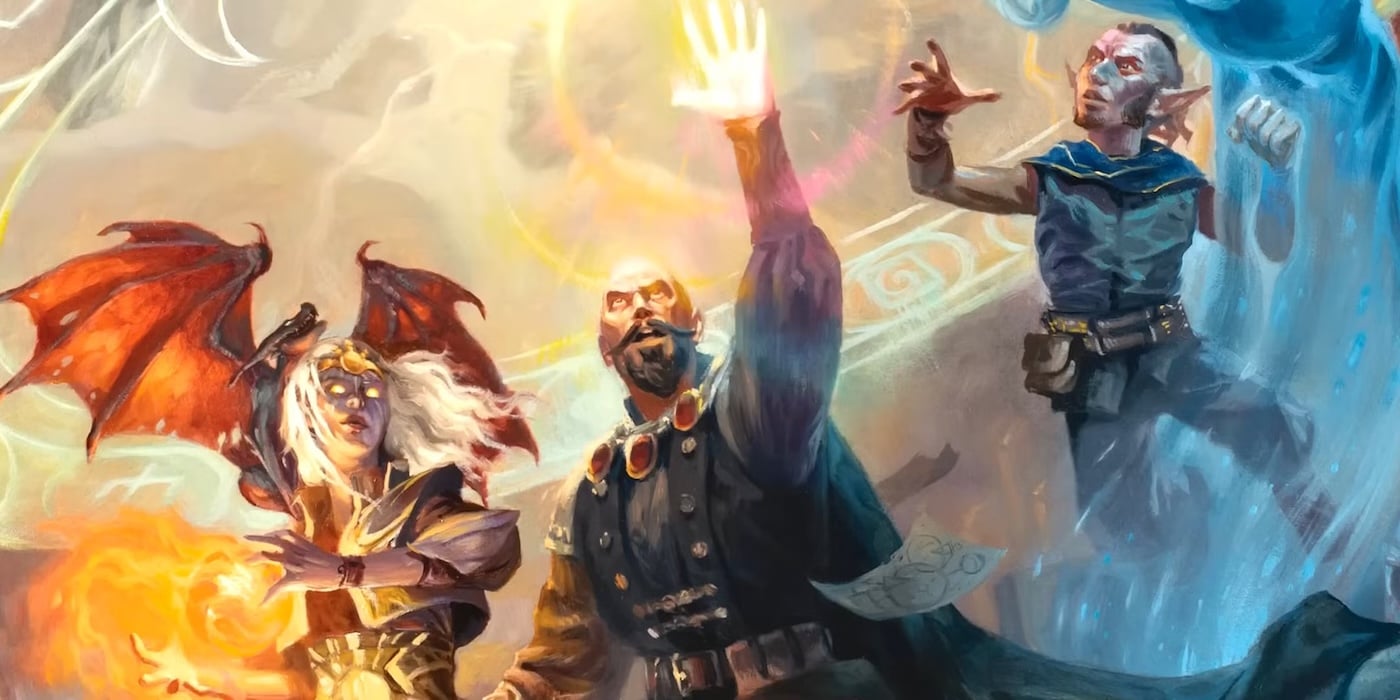D&D 5.5E: Warlock Pacts and Their Uses
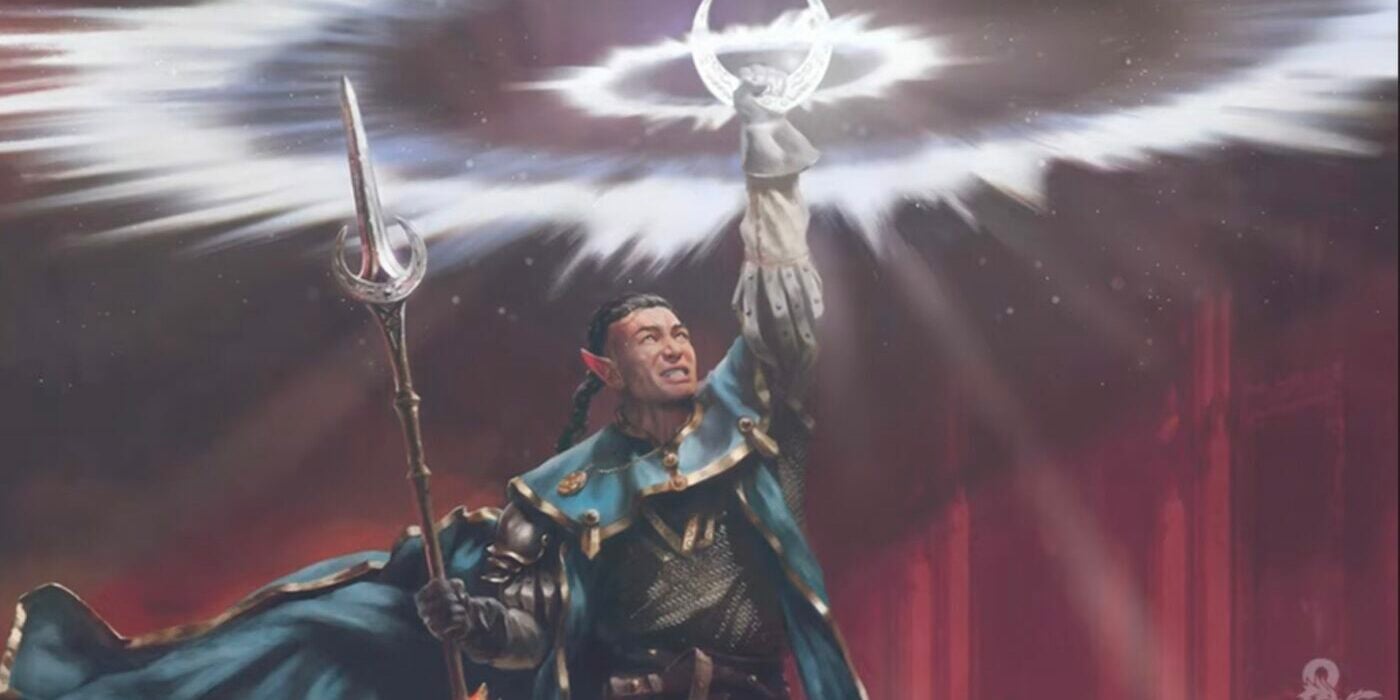
Warlock’s unique pact boons make it one of the most versatile spellcasting classes available. It’s good to know what they all do before you sell your soul to a devil!
With the release of D&D 5.5E, many classes received massive rehauls that entirely changed how they played. For example, the martial classes now have weapon masteries, and the Monk can kickass even harder.
Luckily, some things don’t change. For example, the Ranger still has a massive identity crisis, the Barbarian hits like a truck, and the Warlock finds new and creative ways to sell their soul for power.
One of the most significant changes for the Warlock with the release of 5.5E is that Pact Boon is no longer a feature. Instead, the pact boons are now Eldritch Invocations, allowing player characters to pick multiple pacts simultaneously.
Because characters can now choose multiple pacts simultaneously, they can explore their strengths and weaknesses without feeling compelled to choose just one.
But before you go and do that, you satanic scamp, you should know what you’re selling your soul for first!
Walking the Demonic Dog
Pact of the Chain tends to be overlooked among the available Warlock pact options. At first, it doesn’t seem too valuable. It’s just the Find Familiar spell with some variety, and your familiar can use your attack action to attack.
It’s like adopting a pet from an animal shelter! However, instead of a dog or cat, you can only adopt a frog, sphinx, snake, imp, quasit, dragon, angry fairy, or a human skeleton. Take your pick.
At base value, the Pact of the Chain is rather lackluster. It’s like any other invocation that gives you a free spell you can use at will. The only real benefits are that the familiar can be used for recon and as an additional meat shield in combat.
However, where this pact gets better is in its prerequisite invocation.
At 5th level, you can take the “Investment of the Chain Master” invocation, which gives your familiar a ton of buffs. Simply put, it’s a must-have if you’re running Pact of the Chain. It provides your familiar with a fly or swim speed of 40ft, an attack for a bonus action, and free resistance. Essentially, it’s steroids for a familiar.
Sadly, this is the only invocation that builds off Pact of the Chain. However, it’s still insanely useful in and out of combat. Plus, you get a cute little guy as a pet. And who doesn’t like a cute little guy???
The Swiss Army Spellsword
You probably already know about Pact of the Blade. And why wouldn’t you? It is one of the best options, hands down. It is the butter for Hexblade Warlock’s bread and works wonders with multiclassing.
And I mean this literally. Because if a Warlock-Fighter/Barbarian/Ranger/Whatever multiclass isn’t using the Pact of the Blade, they are missing out on a huge advantage.
With the Pact of the Blade, your warlock can make any weapon they’re holding a “pact weapon” as a bonus action. Unfortunately, you can only have one “pact weapon” at a time. But this pact weapon is great, let me tell ya.
Not only do you become proficient with said weapon, but you also use your charisma modifier instead of your strength/dexterity modifier for attacks and damage. Additionally, you can choose to deal radiant, necrotic, or psychic damage instead of the weapon’s standard damage type.
Once you have the Pact of the Blade invocation, you can access some of the strongest combat abilities in the game.
Firstly is the “Thirsty Blade” invocation, which you can get at level 5 and is essentially the extra attack feature. It’s essential if Warlock is going to be your main class. Because then, at level 12, you can take the “Devouring Blade” invocation, allowing for another additional attack.
Now, if you want to deal some REAL BIG damage with your pact weapon, I highly recommend taking the “Eldritch Smite” invocation. Much like how the Paladin gets Divine Smite at level 2, you can get the eldritch version at level 5. When you hit someone with your pact weapon, you can expend a spell slot to SMITE your enemies with an additional 5d8 force damage.
Personally, because it deals so much damage, I like to only eldritch smite when I roll a crit. That way, I can get the most bang for my buck!
Finally, there’s the “Lifedrinker” invocation. Available at level 9, you deal an additional 1d6 necrotic, radiant, or psychic damage on hit and can expend a hit die to heal the number rolled plus your con mod. It’s a free mini-short rest, which helps with sustainability in combat.
Yes, That Tome Does Make You Look Fat
And finally, we come to my favorite pact, the Pact of the Tome. Selecting this pact gives you a “Book of Shadows” containing three additional cantrips and two ritual spells from any class’s spell list. Plus, it can be used as a spellcasting focus!
While this doesn’t seem like a lot, some extra cantrips and spells can mean the difference for low-level Warlocks. Just having a few extra spells gives them a ton of variety, especially ritual spells, since they don’t require spell slots to use. Having “Identify” or “Detect Magic” on a Warlock is quite handy!
Now, Pact of the Tome is excellent because of its supportive invocations. Namely, the “Gift of the Protectors” invocation at 9th level.
With it, you can have a number of people up to your charisma modifier sign their names in your tome. Then, if any of those creatures ever reaches 0 HP without dying outright, they are immediately brought back to 1 HP. This can save the party from being wiped by a single fireball or dragon breath!
One invocation I wish they brought back was “Far Scribe.” It functions like “Gift of the Protectors,” where people sign their names in your book. However, instead of reviving people, you could cast the Sending spell by writing messages in your book to those who signed their names. Of all the fantastic additions Tasha’s Cauldron of Everything added to D&D 5E, why wasn’t “Far Scribe” brought back?!

